Companion
Aural Speed Reading
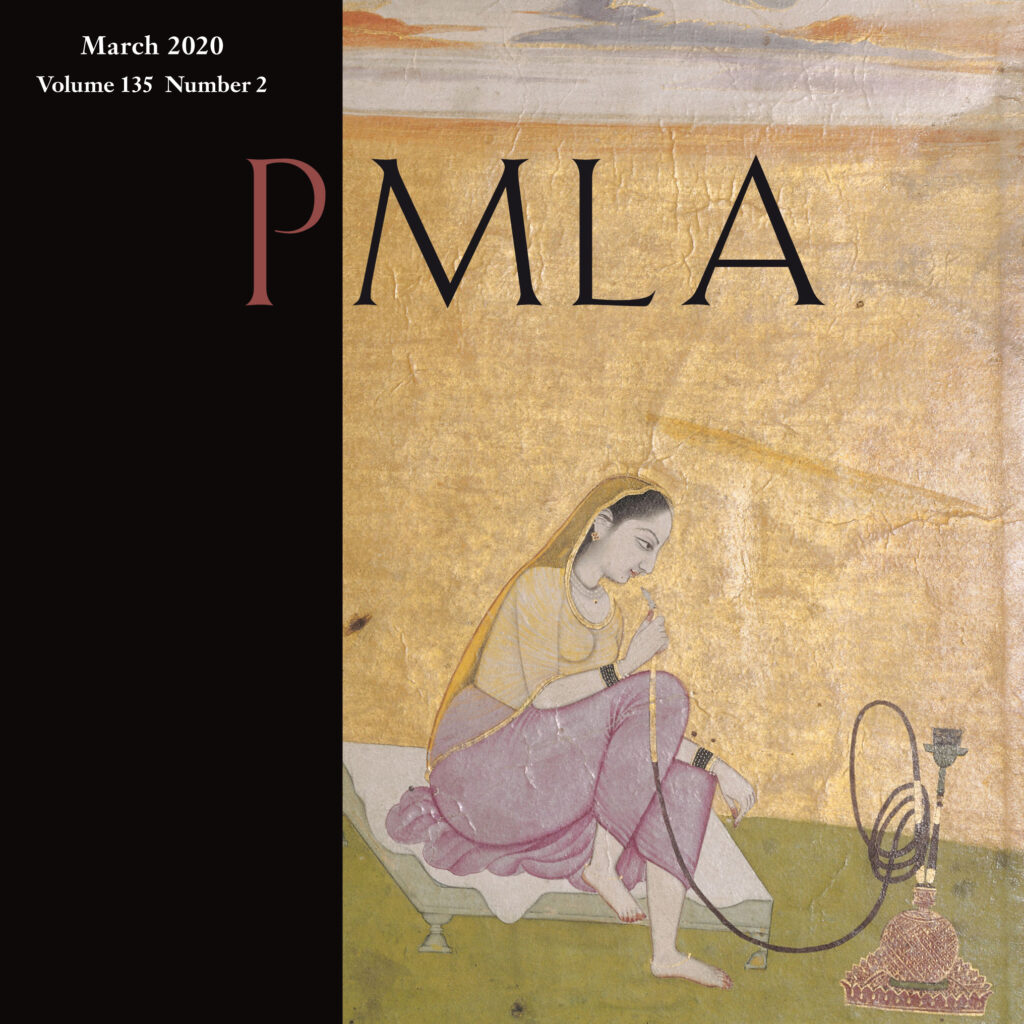
Items
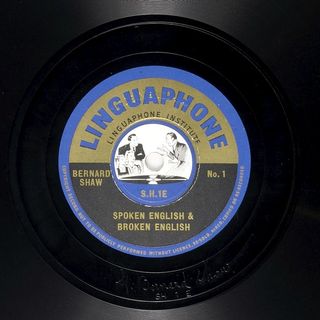
Recording: George Bernard Shaw, Spoken English and Broken English – One Audio

Recording: George Bernard Shaw, Spoken English and Broken English – Two Audio
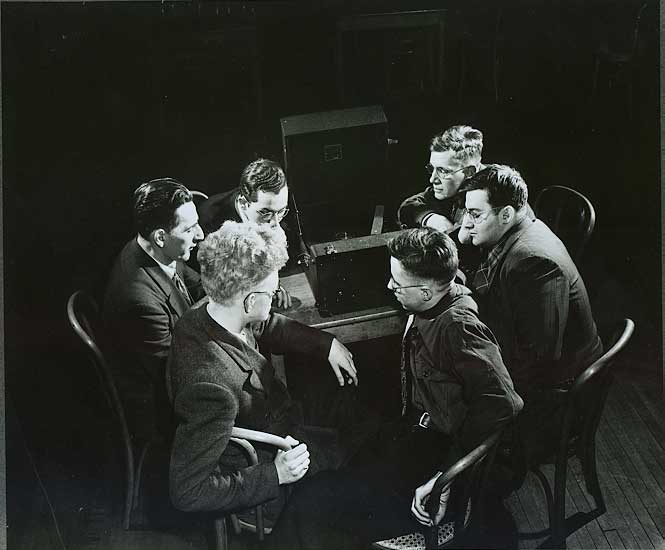
Image: Readers sharing a talking book, c. 1930s Images

Varispeech demonstration by Francis Lee, c. 1972 Audio
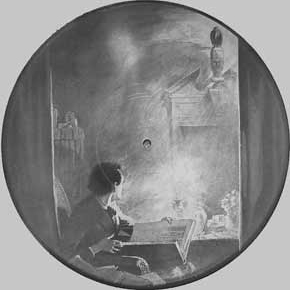
Victor Picture Disc: Edgar Allen Poe’s “The Raven” by The Philadelphia Orchestra (dir. Leopold Stokowski) Audio
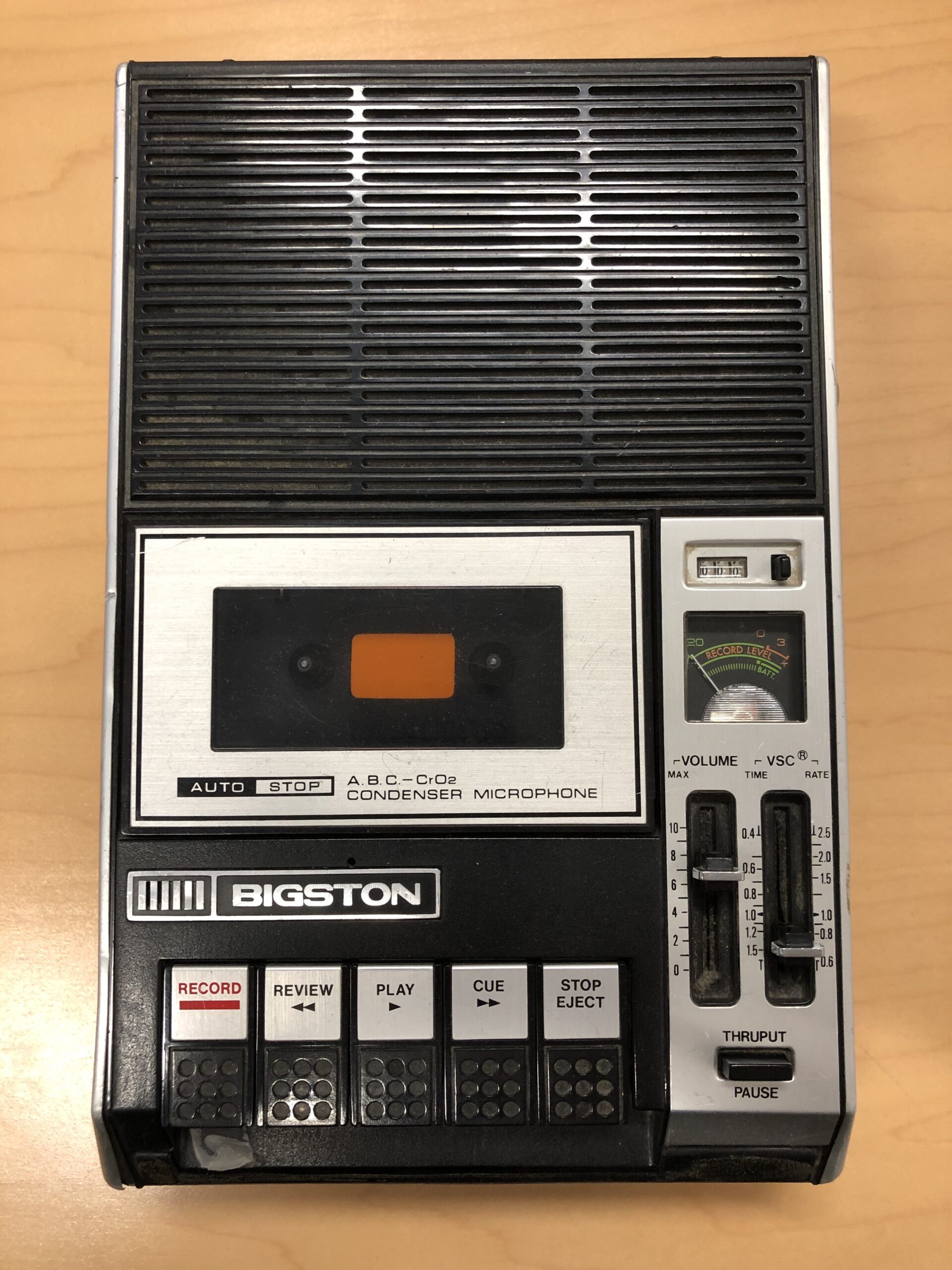
VSC Variable Speech Control Artefacts

Demonstration of “chipmunk speech” by Variable Speech Control (VSC) Audio

Recording: Demonstration of the JAWS screen reader Audio
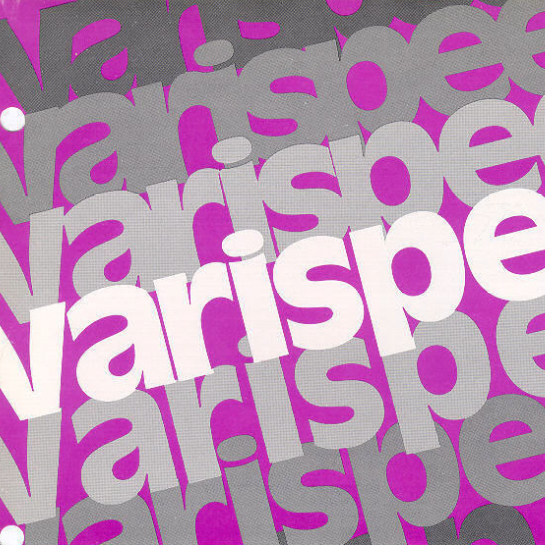
Brochure: Announcing the Varispeech Machine Texts
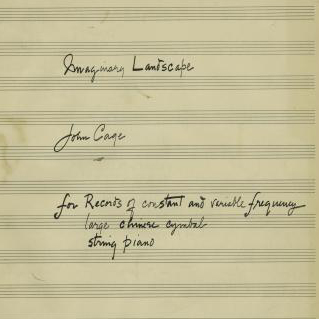
John Cage: “Imaginary Landscape No. 1” (1939) Audio
Aural Speed Reading
Mara Mills and Jonathan Sterne, “Aural Speed Reading: Some Historical Bookmarks,” PMLA 135, no. 2 (March 2020).
This essay is a contribution to the growing taxonomy of techniques of listening. It discusses the cultural imperative for aural speed reading among blind Talking Book readers, dating to the 1930s, that drove time-stretching innovations in the magnetic tape era, allowing playback rate to be changed without affecting pitch. Published as part of the PMLA Theories and Methodologies cluster on Aurality and Literature, the essay is excerpted from a book-in-progress co-authored by Mills and Sterne. Tentatively titled Tuning Time: Histories of Sound and Speed, the book traces the practice of accelerated and decelerated sound reproduction from blind phonograph users in the 1930s to Auto-Tune, Ableton Live, Audible books, and YouTube videos today.
© 2015 – 2025 Humboldt-Universität zu Berlin





